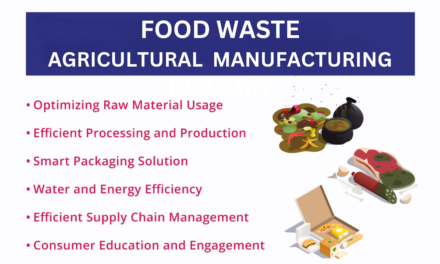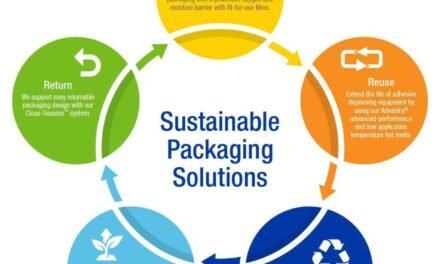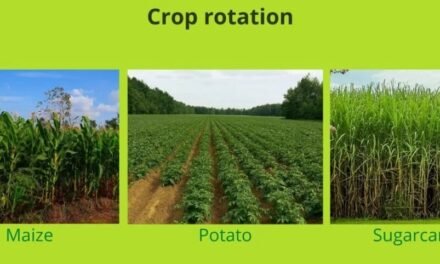Overusing chemical fertilizers can have severe environmental impacts that affect soil health, water quality, biodiversity, and the climate. While chemical fertilizers play a crucial role in boosting crop yields, their excessive application can lead to unintended consequences that undermine long-term agricultural sustainability and ecosystem health.
1. Water Pollution
- Cause:
- Excess fertilizers leach into groundwater or are washed into rivers, lakes, and oceans during rain or irrigation.
- Impacts:
- Eutrophication: High levels of nitrogen and phosphorus cause algal blooms, which deplete oxygen in water, killing fish and aquatic life.
- Groundwater Contamination: Nitrate leaching into aquifers contaminates drinking water, posing health risks like methemoglobinemia (blue baby syndrome).
- Example:
- The Gulf of Mexico’s “dead zone,” a hypoxic area caused by fertilizer runoff from the Mississippi River Basin.
2. Soil Degradation
- Cause:
- Repeated use of chemical fertilizers alters soil pH and disrupts soil structure and microbial communities.
- Impacts:
- Soil Acidification: Excessive nitrogen application lowers soil pH, reducing nutrient availability and harming beneficial microbes.
- Loss of Organic Matter: Fertilizer overuse discourages the addition of organic inputs, depleting soil organic carbon.
- Compaction: Continuous use can degrade soil structure, reducing water infiltration and aeration.
- Example:
- Acidified soils in intensive farming regions require lime applications to restore productivity.
3. Air Pollution
- Cause:
- Volatilization of nitrogen-based fertilizers releases ammonia (NH₃) and nitrous oxide (N₂O) into the atmosphere.
- Impacts:
- Greenhouse Gas Emissions: Nitrous oxide is a potent greenhouse gas, contributing to global warming.
- Ammonia Deposition: Ammonia emissions deposit on soils and water, altering nutrient cycles and harming ecosystems.
- Example:
- Nitrous oxide emissions from agricultural fields account for a significant portion of global greenhouse gas emissions.
4. Biodiversity Loss
- Cause:
- Fertilizer runoff and deposition alter ecosystems, favoring certain plant species over others.
- Impacts:
- Terrestrial Ecosystems: Over-fertilized areas promote the growth of invasive species, outcompeting native plants and reducing habitat diversity.
- Aquatic Ecosystems: Algal blooms caused by fertilizer runoff reduce aquatic biodiversity by depleting oxygen and blocking sunlight.
- Example:
- Fertilizer use in farmlands near wetlands disrupts the habitats of native species, such as amphibians and waterbirds.
5. Disruption of Natural Nitrogen and Phosphorus Cycles
- Cause:
- Overapplication of fertilizers creates an imbalance in nutrient cycling, exceeding the natural capacity of ecosystems to absorb and process nutrients.
- Impacts:
- Nutrient Saturation: Leads to accumulation in soils, water bodies, and the atmosphere, affecting ecosystem function.
- Reduced Soil Fertility: Excess nutrients can lock up other essential minerals (e.g., potassium, magnesium), reducing their availability to plants.
- Example:
- Excess phosphorus in soils can reduce the uptake of micronutrients like zinc and iron, leading to deficiencies in crops.
6. Health Hazards
- Cause:
- Leaching of nitrates into water sources and accumulation of chemical residues in soil and crops.
- Impacts:
- Human Health Risks: Contaminated drinking water increases the risk of diseases such as cancer and thyroid disorders.
- Toxic Algae Exposure: Algal blooms caused by fertilizer runoff produce toxins harmful to humans and animals.
- Example:
- High nitrate levels in drinking water in agricultural areas are linked to methemoglobinemia in infants.
7. Economic Costs
- Cause:
- Environmental degradation from fertilizer overuse requires remediation efforts and impacts the livelihoods of communities.
- Impacts:
- Loss of Fisheries: Eutrophication and hypoxic zones harm fishing industries.
- Increased Input Costs: Degraded soils require additional amendments to restore fertility.
- Example:
- Costs associated with cleaning up eutrophication in water bodies, such as the Chesapeake Bay in the U.S.
8. Climate Change
- Cause:
- Nitrogen-based fertilizers release nitrous oxide (N₂O) during microbial denitrification in soils.
- Impacts:
- Contributes significantly to agricultural greenhouse gas emissions.
- Amplifies global warming due to the high global warming potential (GWP) of nitrous oxide.
- Example:
- Agriculture accounts for about 10-12% of global greenhouse gas emissions, largely from fertilizer use.
9. Reduced Efficiency of Fertilizer Use
- Cause:
- Overuse leads to nutrient imbalances in soil, making plants less efficient at using applied fertilizers.
- Impacts:
- Diminishing returns on crop yield despite increasing fertilizer application.
- Wastage of resources and increased costs for farmers.
- Example:
- In regions with over-fertilized soils, crop yields stagnate or decline despite higher input levels.
10. Dependency and Loss of Sustainability
- Cause:
- Over-reliance on chemical fertilizers reduces the use of sustainable practices like crop rotation or organic amendments.
- Impacts:
- Depletes natural soil fertility and increases long-term dependency on synthetic inputs.
- Reduces resilience to pests, diseases, and climate variability.
- Example:
- Intensive monoculture systems reliant on fertilizers are more vulnerable to soil degradation and pest outbreaks.
Mitigation Strategies
- Soil Testing:
- Regular soil testing ensures fertilizers are applied based on crop needs, reducing excess use.
- Precision Agriculture:
- GPS and variable-rate technology optimize fertilizer application, minimizing wastage.
- Use of Organic Fertilizers:
- Incorporating compost, manure, or biofertilizers reduces the need for synthetic inputs.
- Integrated Nutrient Management:
- Combining organic and inorganic fertilizers to balance nutrient inputs.
- Buffer Zones and Cover Crops:
- Establishing vegetation strips near water bodies reduces runoff and nutrient leaching.
Conclusion
Overusing chemical fertilizers poses significant environmental risks, including water pollution, soil degradation, greenhouse gas emissions, and biodiversity loss. Sustainable farming practices, precision agriculture, and balanced fertilizer application can mitigate these impacts, ensuring long-term agricultural productivity and environmental health.
Hashtags
#OrganicFarming #NaturalFertilizers #SustainableFertilization #GreenAgriculture #EcoConsciousFarming #RegenerativeFarming #SoilConservation #CleanWater #EcoFarmers #SustainableLiving #HealthyEcosystems #FertilizerAlternatives #SustainableFood #ProtectOurPlanet #SustainableDevelopment #EcoFriendlyPractices #SustainableFuture #SustainableGrowth #SustainableHarvest #SustainableSolutions









